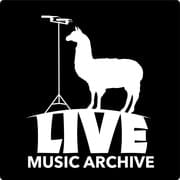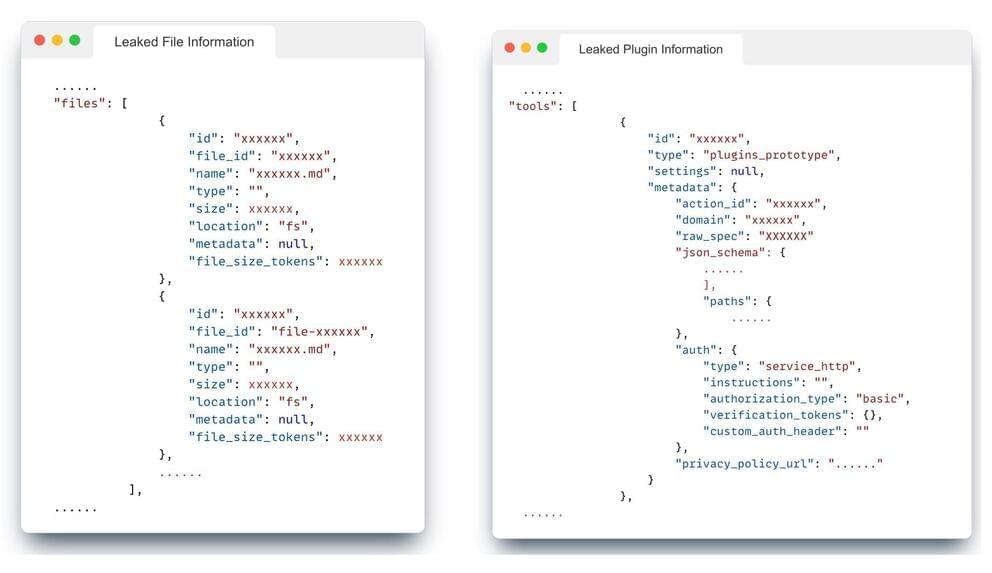Future life magazine posted as a novelty.



One month after OpenAI unveiled a program that allows users to easily create their own customized ChatGPT programs, a research team at Northwestern University is warning of a “significant security vulnerability” that could lead to leaked data.
In November, OpenAI announced ChatGPT subscribers could create custom GPTs as easily “as starting a conversation, giving it instructions and extra knowledge, and picking what it can do, like searching the web, making images or analyzing data.” They boasted of its simplicity and emphasized that no coding skills are required.
“This democratization of AI technology has fostered a community of builders, ranging from educators to enthusiasts, who contribute to the growing repository of specialized GPTs,” said Jiahao Yu, a second-year doctoral student at Northwestern specializing in secure machine learning. But, he cautioned, “the high utility of these custom GPTs, the instruction-following nature of these models presents new challenges in security.”

In recent years, roboticists and computer scientists have introduced various new computational tools that could improve interactions between robots and humans in real-world settings. The overreaching goal of these tools is to make robots more responsive and attuned to the users they are assisting, which could in turn facilitate their widespread adoption.
Researchers at Leonardo Labs and the Italian Institute of Technology (IIT) in Italy recently introduced a new computational framework that allows robots to recognize specific users and follow them around within a given environment. This framework, introduced in a paper published as part of the 2023 IEEE International Conference on Advanced Robotics and Its Social Impacts (ARSO), allows robots re-identify users in their surroundings, while also performing specific actions in response to hand gestures performed by the users.
“We aimed to create a ground-breaking demonstration to attract stakeholders to our laboratories,” Federico Rollo, one of the researchers who carried out the study, told Tech Xplore. “The Person-Following robot is a prevalent application found in many commercial mobile robots, especially in industrial environments or for assisting individuals. Typically, such algorithms use external Bluetooth or Wi-Fi emitters, which can interfere with other sensors and the user is required to carry.”

This weekend in Vietnam, VNExpress quotes a government diplomat who gushed that Huang is “skipping luxury dinner parties at hotels and high-end restaurants.” He explained that “Jensen chooses street food with flavors and experiences that are hard to match anywhere else.”
If you want to follow in Huang’s footsteps, the source says that the Nvidia CEO was pictured at a sidewalk restaurant on Luong Ngoc Quyen Street (Hanoi). Additionally, he stopped at a restaurant on Hang Non Street to enjoy beef pho and drink coconut water. He also went to a Goan hotpot restaurant in Hang Thiec and drank Giang coffee on Nguyen Huu Huan Street, according to the source report.
Huang didn’t just spend his time eating and drinking in Hanoi this weekend. A Redditor shared some images and information about the Nvidia boss turning up at a “small LAN party.” In the images, you can see Huang on stage at one of the Vikings eSports Arena locations in Hanoi (there seem to be five of these internet cafe-style venues in the city). He posed for photos with various LAN party attendees, and it also looks like he took part in some kind of awards ceremony.

Q-day (the day when quantum computers will successfully actually break the internet) may be some time away yet. However, that does not mean that companies — and states — shouldn’t hop on the qubit bandwagon now so as not to be left behind in the race for a technology that could potentially alter how we think about life, the Universe, and well… everything.
Spurred on by a discourse that more and more revolves around the concept of “digital sovereignty,” 11 EU member states this week signed the European Declaration on Quantum Technologies.
The signatories have agreed to align, coordinate, engage, support, monitor, and all those other international collaboration verbs, on various parts of the budding quantum technology ecosystem. They include France, Belgium, Croatia, Greece, Finland, Slovakia, Slovenia, Czech Republic, Malta, Estonia, and Spain. However, the coalition is still missing some quantum frontrunners, such as the Netherlands, Ireland, and Germany, who reportedly opted out due to the short time frame.
This week at Starbase a new sign is installed at the launch site, Booster 10 appears nearly complete, and construction continues at the build site, Massey’s Test Site, Sanchez and the launch site, while over at Cape Canaveral, SpaceX continues Starlink launch and recovery operations while getting ready for the next Falcon Heavy launch, and we review the latest batch of flyover photos courtesy of Greg Scott and Farielle Mohan.
Engineers and major companies are pushing a technology called L4S that they say could make the web feel dramatically faster.
L4S could fix a problem that even gigabit connections don’t.

SpaceX knocked out yet another Falcon 9 launch overnight but is prepping for liftoff of its powerhouse Falcon Heavy from the Space Coast as early as Sunday.
A Falcon 9 lifted off from Cape Canaveral Space Force Station at 12:07 a.m. carrying another 23 Starlink satellites to orbit.
The first-stage booster flew for the ninth time with a recovery landing on the droneship Just Read the Instructions stationed downrange in the Atlantic.

Wednesday night, SpaceX announced Starlink high-speed internet is now available in Honduras, expanding its sizable service footprint across the Western Hemisphere.
Hours later, SpaceX launched a Falcon 9 rocket carrying 23 more Starlink satellites into low-Earth orbit from Cape Canaveral Space Force Station.
The late-night Falcon 9 soared off Launch Complex 40 at 12:07 a.m. EST Thursday, extending the ongoing record of annual orbital launches from the Space Coast to 68 — with another 24 days remaining in December.

X.AI, Elon Musk’s artificial intelligence startup, has filed with the SEC to raise up to $1 billion in an equity offering. The company has raised nearly $135 million from four investors, with the first sale occurring on Nov. 29, according to the filing. The AI startup, which Musk announced in July,…
X.AI, an artificial intelligence startup founded by Elon Musk, has filed with the SEC to raise up to $1 billion in an equity offering.
The company has already brought in nearly $135 million from four investors, with the first sale occurring on Nov. 29, and has a “binding and enforceable agreement” for the purchase of the remaining shares, the filing says.
The AI startup, which Musk announced in July, seeks to “understand the true nature of the universe,” according to its website. Last month, X.AI released a chatbot called Grok, which the company says is modeled after “The Hitchhiker’s Guide to the Galaxy.” The chatbot debuted with two months of training and has real-time knowledge of the internet, the company claims.